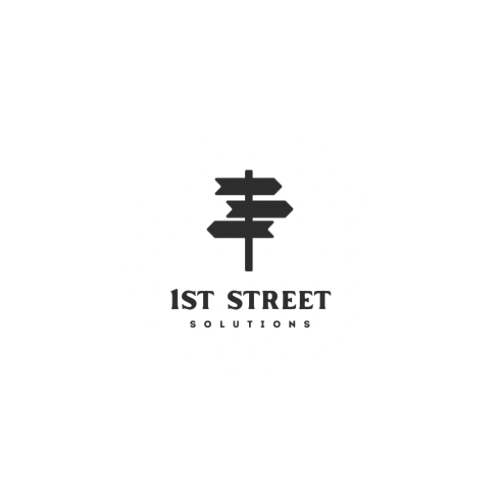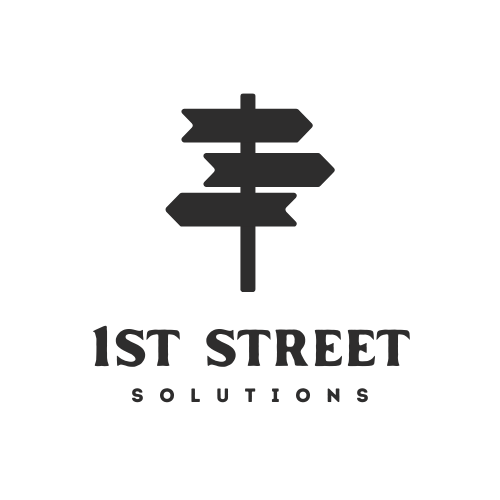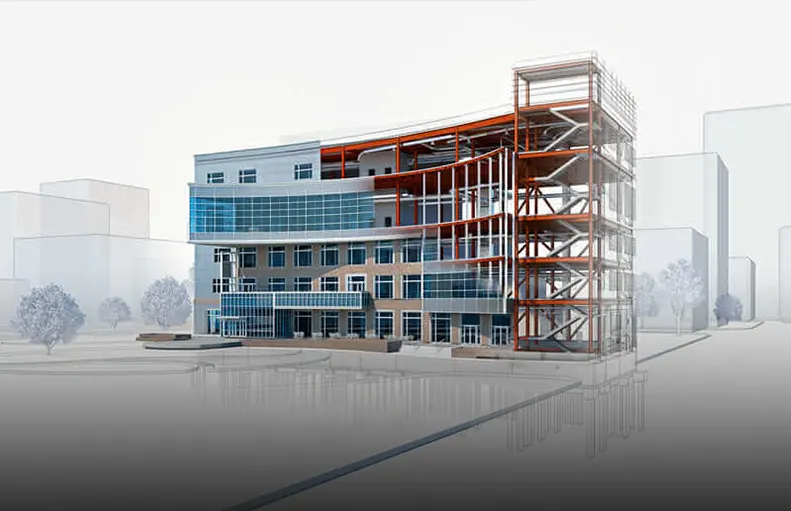The construction industry is evolving at an unprecedented pace. From smart buildings to digital twins, technology is reshaping how projects are designed, executed, and maintained. Among these innovations, Scan to BIM has emerged as a game-changer for architects, engineers, and contractors. By converting laser-scanned point cloud data into intelligent 3D models, BIM Outsourcing Partner, Scan to BIM brings accuracy, efficiency, and clarity to construction and renovation projects. However, executing these processes requires expertise, advanced tools, and significant resources. This is why outsourcing Scan to BIM services has become the preferred route for companies worldwide.
As we step into 2025, the demand for reliable outsourcing partners is stronger than ever. This guide will help you understand what to look for, what to avoid, and how to select the right partner for long-term success.
Understanding Scan to BIM
Before diving into how to choose the right outsourcing partner, it’s essential to understand the fundamentals of Scan to BIM.
What is Scan to BIM?
- Definition: Scan to BIM is the process of converting 3D laser scan data (point clouds) into Building Information Models.
- Process: High-resolution laser scanners capture millions of spatial data points from existing structures. These are then translated into a digital 3D model using software like Autodesk Revit.
Applications of Scan to BIM
- Renovation and restoration of old buildings.
- Facility management and maintenance.
- Clash detection and construction planning.
- Retrofitting and energy efficiency upgrades.
- Historical preservation and documentation.
Outsourcing these tasks ensures businesses gain the benefits of precision and cost-efficiency without having to maintain in-house teams for every project.
Why Outsourcing Scan to BIM in 2025 Makes Sense
In 2025, outsourcing Scan to BIM is not just a cost-saving measure—it’s a strategic decision. Here’s why:
- Global Expertise: Access skilled professionals with niche knowledge across industries.
- Cost Efficiency: Reduce overhead costs of training, hardware, and software.
- Faster Delivery: Benefit from 24/7 work cycles and distributed teams.
- Focus on Core Work: Let in-house teams handle strategy while outsourcing partners manage execution.
- Scalability: Handle small or large projects without resource constraints.
By leveraging external expertise, construction firms can remain competitive in an increasingly technology-driven industry.
Key Challenges Without the Right Partner
Choosing the wrong outsourcing partner can lead to project setbacks and unnecessary costs. Common challenges include:
- Poor-quality modeling: Inaccurate models cause clashes and costly rework.
- Coordination issues: Lack of communication between stakeholders delays projects.
- Data security risks: Mishandling of sensitive project data compromises confidentiality.
- Hidden costs: Non-transparent pricing models can increase overall expenses.
A poor choice can not only waste resources but also damage client trust.
Essential Factors to Consider When Choosing a BIM Outsourcing Partner
To ensure successful collaboration, consider the following factors when selecting your Scan to BIM outsourcing partner:
Experience and Expertise
- Years of experience in Scan to BIM services.
- Industry-specific portfolio showcasing successful projects.
Technology and Tools
- Use of the latest software (Autodesk Revit, Navisworks, Recap, etc.).
- Familiarity with AI-driven tools for automation.
Quality Standards
- Accuracy levels (within required tolerance).
- Quality assurance protocols and ISO certifications.
Scalability
- Ability to manage both small-scale renovations and large infrastructure projects.
Turnaround Time
- Proven track record of meeting deadlines without compromising model quality.
Data Security
- Use of secure servers and NDAs to protect sensitive data.
Cost Transparency
- Clear and upfront pricing with no hidden fees.
Client Support
- Effective communication channels.
- Flexibility for revisions and client feedback.
Red Flags to Avoid in a Scan to BIM Partner
While some companies promise high-quality services, not all live up to expectations. Watch out for these warning signs:
- Limited or no prior experience in Scan to BIM projects.
- Lack of transparency in workflow and processes.
- Vague pricing structures with hidden costs.
- No dedicated project management system.
- Inadequate quality control measures.
Choosing a partner without due diligence may result in costly rework and project delays.
The Role of Technology in 2025
Technology continues to transform Scan to BIM outsourcing. Here are some advancements shaping the field in 2025:
- AI-Powered Automation: Artificial intelligence reduces manual efforts in model creation.
- Cloud Collaboration: Teams access projects in real time from anywhere in the world.
- AR/VR Integration: Immersive project visualization for stakeholders.
- Digital Twins: Real-time asset management using BIM data.
Outsourcing partners that leverage these technologies will deliver better accuracy and efficiency.
How to Evaluate a Partner Before Finalizing
Before committing, take these steps to evaluate a potential outsourcing partner:
- Request Case Studies: Review completed projects for complexity and quality.
- Check Client Testimonials: Assess credibility through client reviews.
- Pilot Project: Conduct a trial run to test accuracy and turnaround.
- Workflow Assessment: Evaluate their project management tools and reporting systems.
- Verify Certifications: Ensure compliance with international BIM and data standards.
This evaluation ensures that your chosen partner can deliver consistently across projects.
Benefits of the Right Scan to BIM Outsourcing Partner
The right outsourcing partner can add measurable value to your construction projects:
- Enhanced Accuracy: Reduced clashes and minimal rework.
- Improved Collaboration: Better stakeholder communication through centralized models.
- Faster Turnaround: Timely delivery of project milestones.
- Cost Savings: Lower operational expenses without compromising quality.
- Sustainable Partnership: Long-term collaboration for multiple projects.
Conclusion
As construction grows increasingly digitized in 2025, Scan to BIM outsourcing is no longer optional—it’s essential. The right partner ensures accuracy, efficiency, and long-term competitiveness, while the wrong choice can cause delays, extra costs, and frustration.
Whether you’re modernizing an old structure, managing facility assets, or delivering large-scale projects, selecting the right partner can transform outcomes. Evaluate wisely, prioritize quality and transparency, and align with a team that embraces innovation.
Companies today often collaborate with a BIM Engineering Company, a BIM Services Provider Company, or even a BIM Consulting Company that delivers Advanced BIM Solutions and digital construction solutions as part of BIM Engineering & Consulting Company offerings. By doing so, firms can ensure their projects are future-ready and aligned with the global shift toward smarter, data-driven construction.








